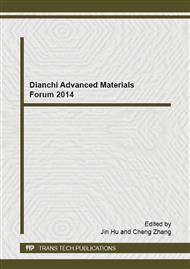p.297
p.302
p.307
p.312
p.317
p.323
p.329
p.335
p.339
Evolution Profile for Assessing Drug-Induced Arrhythmia Using Multifunctional Cardiomyocyte-Based Biosensor
Abstract:
In vitro rapid cell-based bioassay is one of the effective methods to evaluate cardio-myocyte function by characteristics of beating rate, contractility, and toxicity. In this study, rapid profile assessing drug-induced arrhythmia was studied by treating cardiomyocyte-based biosensor with some drugs, which resulted in compound-specific changes in the cardiomyocyte beating evolution profiles and growth evolution profiles. Also, rapid profile assessment of cardiomyocyte-based biosensor was also determined by several types of compoundsFrom the compound experiment results, cardiomyocyte-based biosensor with real-time cell analysis technology can monitor the cardiomyocyte beating status in a non-invasive way and indicate the potential of drug-induced arrhythmia.
Info:
Periodical:
Pages:
339-343
Citation:
Online since:
November 2014
Authors:
Price:
Сopyright:
© 2014 Trans Tech Publications Ltd. All Rights Reserved
Share:
Citation:


